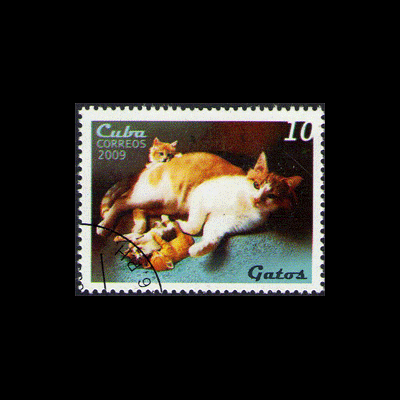Bravecat
Study of Scottish wildcats and interbreeding with domestic cats
source: Claire Ainsworth
New Scientist April 14 2001 p15
A team from Reading University, England, has studied how far Scottish wildcats have been affected by interbreeding. The team used genetic fingerprint analysis of a sample of 230 wildcats, together with 74 domestic cats from Scotland and England. The team has found many wild hybrid cats, but they have also discovered a group of wildcats that is genetically distinct, with no recent interbreeding with domestic cats.
European wildcats, or Felis silvestris silvestris, are found in woodland areas throughout Europe, though not in Wales and England. There are also African wildcats, Felis silvestris lyhica, which share a common ancestor with European wildcats. European and African wildcats are thought to have diverged over 20,000 years ago. Domestic cats are descendants of African, rather than European wildcats.
Scottish wildcats show more hybridisation than Italian wildcats, and this is because Scottish wildcats almost became extinct after persecution by gamekeepers during the early 20th century and 19th century. Male wildcats will seek feral domestic cats to breed, if no female wildcats are available. Wildcats enjoy legal protection, but proof is needed that any cats killed are wildcats arther than feral tabbies or hybrids. A genetic test to prove this is likely to be developed.
CA,BC


